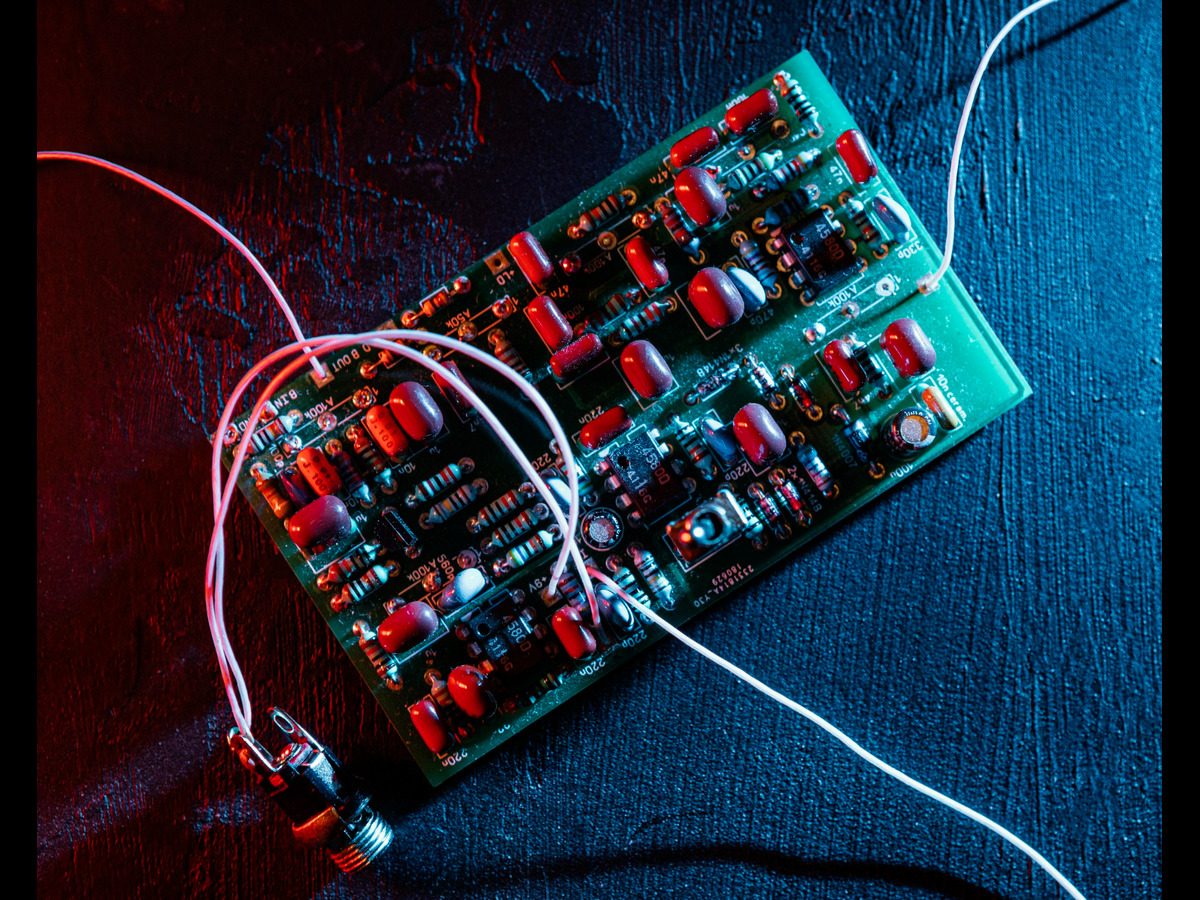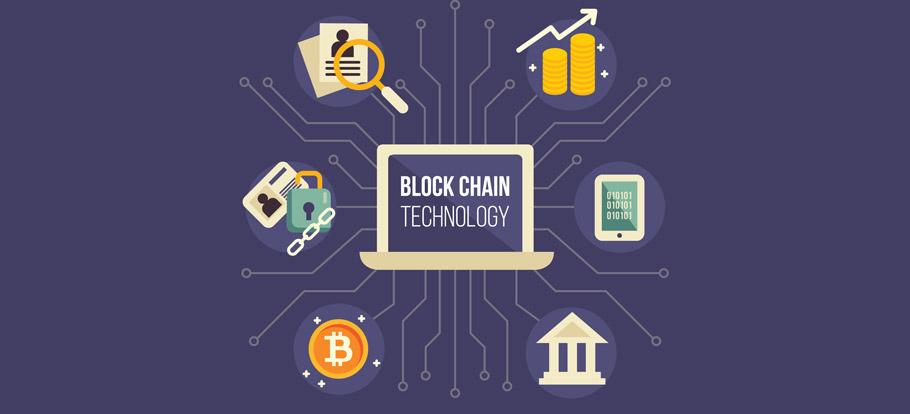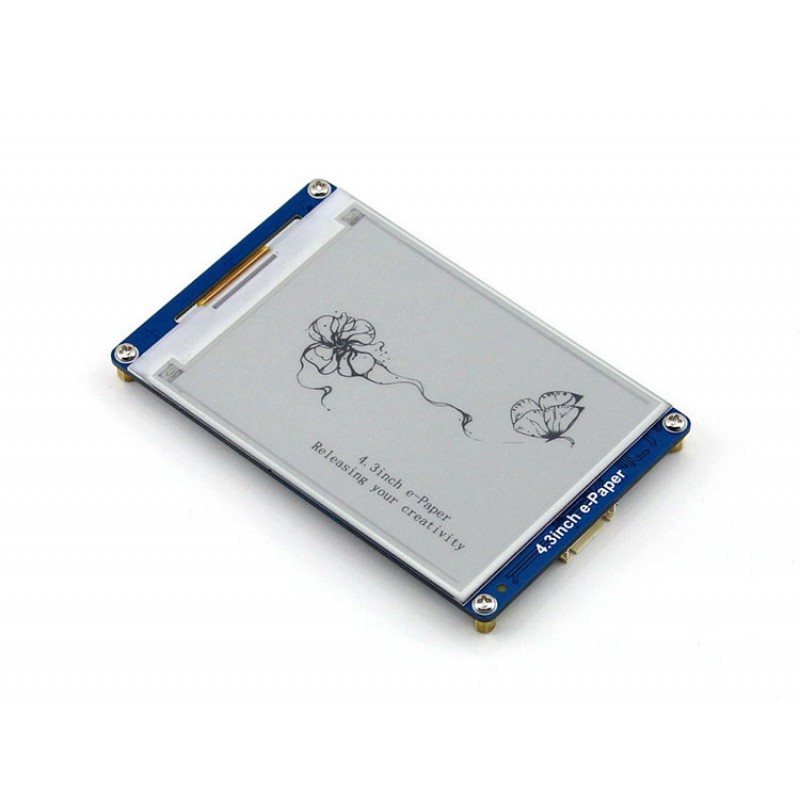IMARC Group, a leading market research company, has recently releases report titled “Nucleic Acid Isolation and Purification Market: Global Industry Trends, Share, Size, Growth, Opportunity and Forecast 2023-2028.” The study provides a detailed analysis of the industry, including the global nucleic acid isolation and purification market report, share, size, growth, trends, and forecasts. The report also includes competitor and regional analysis and highlights the latest advancements in the market.
Introduction to Nucleic Acid Isolation and Purification Market
Nucleic acid isolation and purification are fundamental processes in molecular biology and biotechnology, serving as the initial steps for various applications, including genetic analysis, gene expression studies, and molecular diagnostics. These processes involve the extraction of DNA or RNA molecules from biological samples, such as cells, tissues, or bodily fluids, and the subsequent purification to obtain highly concentrated and pure nucleic acid samples.
The isolation step typically includes cell lysis to release nucleic acids, followed by the removal of cellular components, proteins, and contaminants. This step ensures that the nucleic acids remain intact and undamaged during the extraction process. After isolation, the purification step further refines the nucleic acid samples, removing any remaining impurities, enzymes, or chemical residues. The purified nucleic acids are then ready for downstream applications, such as polymerase chain reaction (PCR), sequencing, cloning, and gene expression analysis.
Efficient nucleic acid isolation and purification are critical for obtaining reliable and accurate results in molecular biology experiments. These processes have evolved over time with the development of various techniques and kits, each tailored to specific sample types and applications. Researchers and laboratories often choose the most suitable methods to meet their experimental needs, ensuring the integrity and purity of nucleic acid samples for precise scientific investigations.
How Big is the Nucleic Acid Isolation and Purification Market?
The global nucleic acid isolation and purificationmarket size reached US$ 4.9 Billion in 2022. Looking forward, IMARC Group expects the market to reach US$ 8.1 Billion by 2028, exhibiting a growth rate (CAGR) of 8.5% during 2023-2028.
Understanding Nucleic Acid Isolation and Purification
Before delving into the market specifics, let’s grasp the fundamental importance of nucleic acid isolation and purification in the fields of genomics and diagnostics. Nucleic acids, specifically DNA and RNA, contain genetic information critical for the functioning and regulation of all living organisms. Extracting these nucleic acids in their purest form is essential for various applications:
- Genomic Research: Researchers use purified DNA and RNA to study genes, genetic variations, and their role in health and disease. Genomic research drives advancements in personalized medicine and understanding complex genetic disorders.
- Diagnostics: Clinical laboratories rely on nucleic acid isolation and purification to detect and identify pathogens (viruses, bacteria, etc.), genetic mutations, and biomarkers indicative of diseases, enabling early and accurate diagnoses.
- Forensics: In forensic science, purified nucleic acids are essential for DNA profiling and identifying individuals, solving crimes, and establishing biological relationships.
Market Drivers
- Advancements in Genomics: The expanding field of genomics, driven by the need for personalized medicine and disease understanding, fuels the demand for nucleic acid isolation and purification.
- Diagnostic Innovation: Ongoing diagnostic innovations, such as molecular diagnostics and point-of-care testing, rely heavily on purified nucleic acids, fostering market growth.
- Rising Disease Burden: The increasing prevalence of infectious diseases, genetic disorders, and chronic conditions worldwide necessitates precise nucleic acid-based diagnostic tools, driving market demand.
- Technological Progress: Continuous technological advancements have led to more efficient and automated nucleic acid isolation and purification methods, reducing turnaround times and costs.
Challenges
- Complex Sample Types: Nucleic acid isolation from challenging samples like formalin-fixed paraffin-embedded (FFPE) tissues or environmental samples can be intricate, demanding specialized protocols.
- Contamination Risks: Contamination with proteins, chemicals, or nucleases can compromise the purity of isolated nucleic acids, affecting downstream applications.
- Regulatory Compliance: Stringent regulatory requirements for nucleic acid-based diagnostics and research necessitate adherence to quality control standards, which can be resource-intensive.
Key Players
Several prominent companies operate in the Nucleic Acid Isolation and Purification Market, including:
Abcam plc, Agilent Technologies Inc., Bio-Rad Laboratories Inc., Illumina Inc., Macherey-Nagel Gmbh & Co. Kg, New England Biolabs, Norgen Biotek Corp., Omega Bio-Tek Inc., Promega Corporation, Qiagen, Roche Molecular Systems Inc. (F. Hoffmann-La Roche AG), Takara Bio Inc. (Takara Holdings Inc.) and Thermo Fisher Scientific Inc.
Emerging Trends
- Liquid Biopsies: The emergence of liquid biopsies, which involve analyzing nucleic acids from bodily fluids like blood, is a promising trend for early cancer detection and monitoring.
- Microfluidics and Automation: Microfluidic technologies and automation are increasingly integrated into nucleic acid purification systems, streamlining processes and improving efficiency.
- Single-Cell Analysis: Advances in single-cell genomics require specialized nucleic acid isolation methods, enabling researchers to study individual cells’ genetic content.
Conclusion
The Nucleic Acid Isolation and Purification Market underpin groundbreaking discoveries in genomics, drive innovations in diagnostics, and contribute to advancements in personalized medicine. As genomics continues to revolutionize healthcare and scientific research, the demand for high-quality, purified nucleic acids remains unwavering. Challenges like complex sample types and contamination risks are met with continuous technological progress and stringent regulatory compliance. With key players like Qiagen, Thermo Fisher Scientific, Roche Diagnostics, and Promega leading the way, and emerging trends like liquid biopsies and automation shaping the future, the Nucleic Acid Isolation and Purification Market is poised to play a crucial role in advancing science and medicine for years to come.






